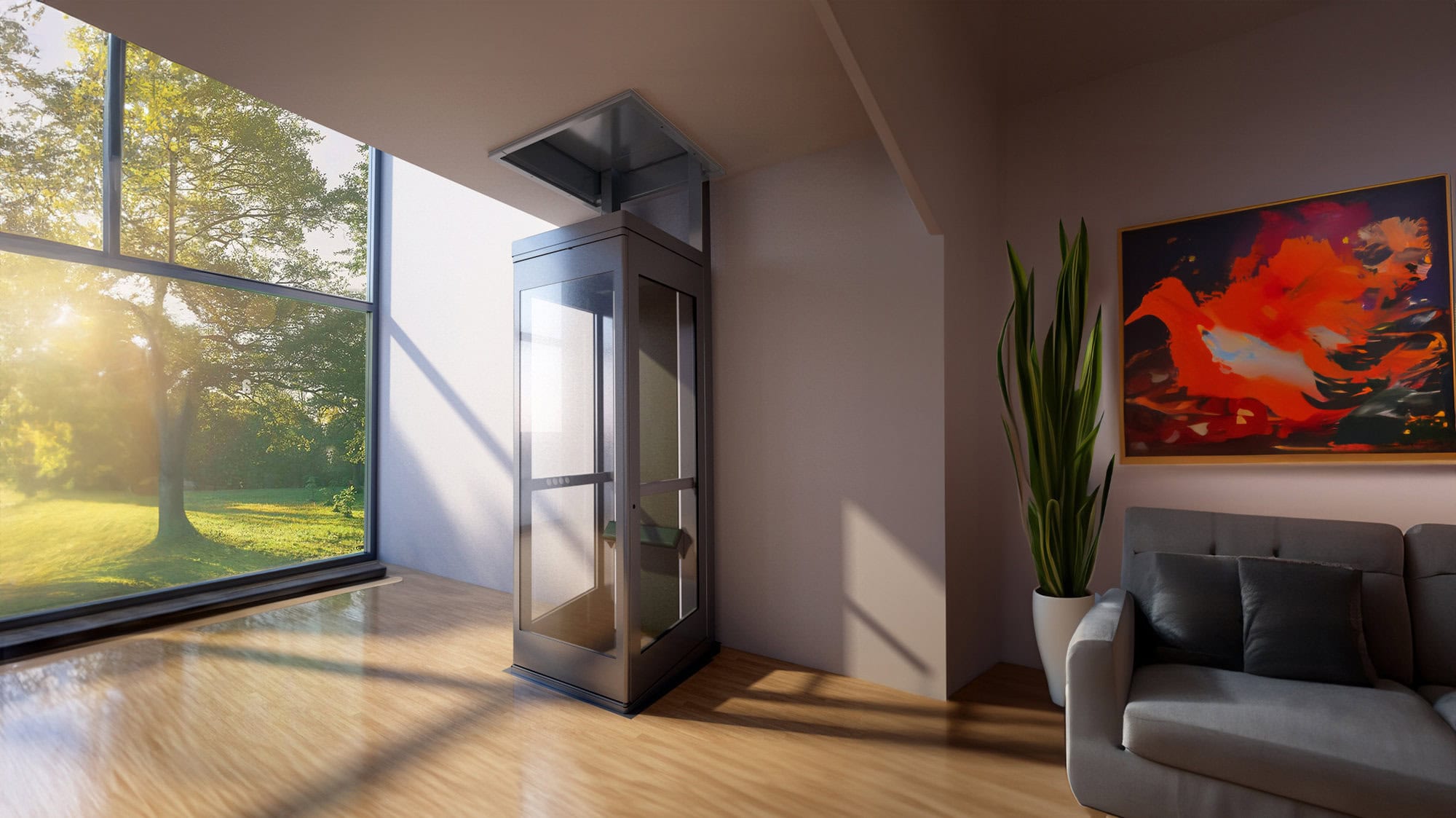We Maintain Lifts with Accuracy: Ensuring Safety and Efficiency
We Maintain Lifts with Accuracy: Ensuring Safety and Efficiency
Blog Article
Diving Into the Globe of Elevators: Usual Problems Faced by Numerous Lift Systems
As we navigate via the upright transport systems of modern-day buildings, lifts stick out as a vital component of our day-to-days live. Nevertheless, behind their seamless procedure lies a globe of elaborate devices that can in some cases encounter difficulties. From hydraulic elevators to grip systems and machine-room-less designs, each lift kind comes with its collection of common problems. Understanding these difficulties is crucial for making certain the smooth functioning of these essential systems. Let's check out the complexities that underlie the operation of lifts and the potential problems that can arise, clarifying the detailed web of lift systems.
Hydraulic Elevators
Hydraulic elevators, usually chosen for low-rise structures, make use of fluid stress to control the motion of the lift car (lift repair companies). This mechanism includes a hydraulic pump pressing oil right into a cylinder, causing the elevator to relocate the wanted instructions. While hydraulic elevators are known for their smooth and peaceful procedure, they do feature their own set of common problems
One common issue with hydraulic lifts is oil leak. The seals in the hydraulic system can wear in time, resulting in oil seepage. If left unaddressed, this not just produces a mess however can also impact the lift's performance. In addition, issues with the control system, such as malfunctioning valves or a malfunctioning pump, can cause interruptions in the elevator's activity.
Routine maintenance and punctual repair work are important to ensure the smooth performance of hydraulic elevators. By resolving these usual concerns proactively, building owners can minimize downtime and ensure the security and efficiency of their upright transportation system.
Traction Lifts
When considering upright transportation systems in structures, another common type besides hydraulic lifts is the grip lift. Traction elevators operate utilizing a system of ropes and weights that move the elevator vehicle by gripping onto the hoist ropes. This device enables for smoother and faster upright transportation compared to hydraulic systems.
Among the common concerns dealt with by grip lifts is rope wear. The constant activity of the ropes within the traction system can bring about tear and wear in time, potentially causing the lift to malfunction or come to be risky for usage. Routine inspections and upkeep of the ropes are important to make certain the elevator's correct functioning and safety and security.
Another concern that traction lifts may encounter is connected to the control system. Problems with the control system can cause issues such as unpredictable movement, delays in feedback times, or perhaps total closures. Regular testing and upkeep of the control system are essential to protect against such issues and make certain the elevator's dependability.
Machine-Room-Less (MRL) Lifts

Among the essential parts of MRL lifts is the compact gearless grip maker that is set up within the hoistway. This machine successfully drives the elevator vehicle without the demand for large equipment located in conventional grip lifts. Furthermore, MRL lifts normally use a weight system to balance the car, more enhancing their power effectiveness.
Despite their advantages, MRL lifts may deal with obstacles associated with upkeep and repair because of the restricted room for equipment setup. Access for servicing components within the shaft can be limited, calling for specialized training for technicians. Appropriate upkeep timetables and regular evaluations are vital to ensure the continued smooth operation of MRL elevators.
Overloading and Weight Limitation Issues
Overloading and weight restriction problems are essential problems in elevator operations. Lift suppliers style lifts with details weight capacities to guarantee traveler safety and security and devices durability.
When elevators are overloaded, it places too much stress on the motor, cables, and various other parts, potentially lift companies in London causing malfunctions or failures. Safety devices such as sensing units and overload sensors remain in location to avoid elevators from relocating if they find excess weight. Additionally, going beyond weight limits can bring about boosted energy intake and deterioration on the lift system.
To alleviate overloading problems, building supervisors should plainly display weight restrictions in elevators and enlighten residents on the relevance of sticking to these restrictions - lift repair companies. Normal maintenance checks by qualified technicians can likewise help make sure that lifts are operating within secure weight parameters. By attending to overloading and weight restriction problems proactively, structure owners can improve lift safety and effectiveness
Electric System Failings
Surpassing weight limitations in elevators can not only lead to mechanical problems however likewise potentially contribute to electrical system failures within the lift infrastructure. Electric system failings are an essential problem in lift procedure, as they can trigger unforeseen closures, breakdowns, or even safety threats.
Moreover, power surges or variations in the electric supply can likewise interrupt the elevator's operation, influencing its efficiency and security. These electrical disturbances can harm delicate elevator components such as control board, circuit card, or sensors, leading to system failings. Routine maintenance and inspections are crucial to recognize and attend to prospective electric problems quickly, ensuring the secure and effective operation of lift systems. By adhering to weight limits and performing routine electric system checks, building proprietors can alleviate the risk of electric failures in lifts.
Final Thought

Hydraulic lifts, typically preferred for low-rise structures, utilize fluid stress to control the activity of the elevator auto.When thinking about vertical transport systems in structures, one more usual type apart from hydraulic elevators we maintain lifts is the grip elevator. Traction lifts operate utilizing a system of ropes and counterweights that move the lift automobile by clutching onto the hoist ropes. Unlike conventional lifts that require a different machine space to house the tools, MRL elevators incorporate most of the components within the shaft, eliminating the demand for a dedicated machine space.In conclusion, lifts encounter common problems such as hydraulic breakdowns, traction system failures, and electric system troubles.
Report this page